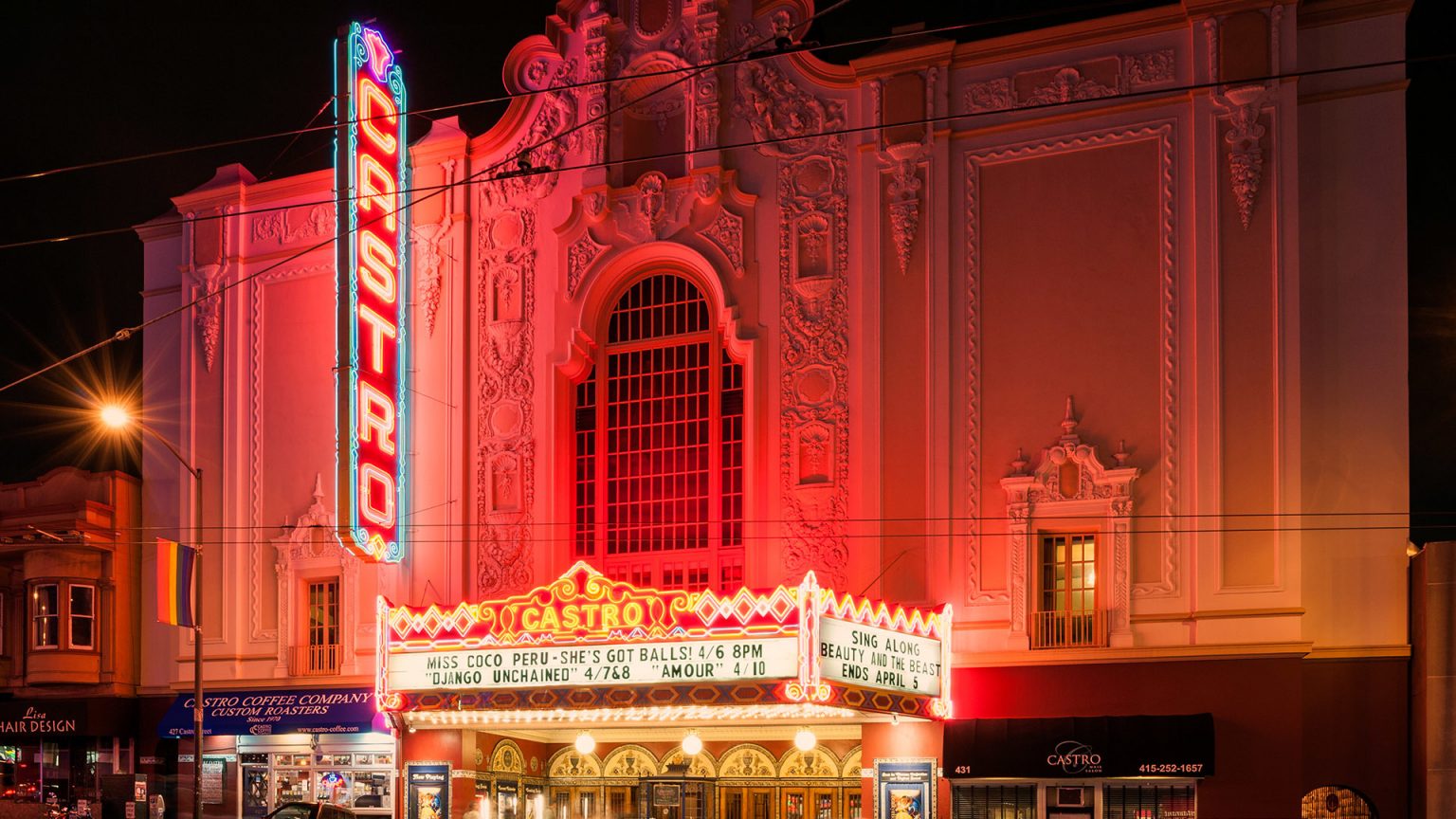Born in Ferrara in 1912, Michelangelo Antonioni moved south at the age of 28 to study film in Rome’s Centro sperimentale di cinematografia. In the 50s, after a stint in the army during World War II, Antonioni began making films that were reminiscent of a waning neorealist style, but with a twist. Over the years, he developed a never-before-seen mise en scène style using long takes and “awkward” narratives. In 1960, he broke into the international film scene with L’Avventura.
Antonioni’s so-called “architecture of vision” breaks through the psychology of the fragile characters depicted in his films—largely upper-middle-class individuals of an industrialist era, suffering from what he called the malattia dei sentimenti (the disease of the feelings).
Fandor sat down with Cinema Italia’s Amelia Antonucci, curator of the Antonioni film series, which screened at San Francisco’s Castro Theater last month.
Iñaki Fernandez de Retana: In previous years, Cinema Italia featured the work of Pier Paolo Pasolini, Bernardo Bertolucci, Anna Magnani, Vittorio de Sica, Dino Risi, and Lina Wertmüller. Why Antonioni this year?
Amelia Antonucci: Antonioni is magic. He is the best modern director of our lifetime. He introduced a new way of approaching film that was completely different from anything before. He did not concentrate on realism or neorealism, but on portraying the psychology of the characters. He packaged all forms of art—architecture, design, photography, fashion, music—inside his films as if they were characters.
He chronicled the times he lived in Italy after world war…
Antonioni portrayed the years of the economic boom in the 60s in Italy. After the war, there was a rebirth involving construction and industry. Everybody was making a lot of money, buying big televisions and refrigerators. But the more wealth people were accumulating the more disaffection with a life they experienced. The upper middle classes were not really connecting with life, they were getting kind of bored. Antonioni’s muse, Monica Vitti, is this affectionate woman who doesn’t find happiness.
It was the years in which Alberto Moravia wrote the novel “La noia” [Boredom], which follows a character who does things because he’s bored. Watching Antonioni’s films in Italy at the time was sort of a psychological way for us to relate to the characters. We were young, and we dealt with our affections, our problems through the characters. It’s not so much the plots in his movies that matter but the psychology of the characters.
So you were in Italy when Antonioni’s films premiered…
Yes, I was 14 or 15 at the time. There was a gap between our parents’ generation, who had experienced war and scarcity, and the younger generation that had everything. And the new technology, the new industries. Antonioni worried about the pollution that the new technology was bringing about…They are all themes that he brought into his movies.
His main theme is the fragility of the human being in modern times…
The difficulties to connect with each other. How we keep everything inside without relating to the person next to us—your lover, your wife, your husband. As a way to live the anxiety in the surroundings, we’re living in. The feeling of dissatisfaction and apathy in which the surroundings and the architecture are more important than the plot itself.
So for him, the surroundings came first and then the characters…
Antonioni said that he did not really come up with an idea for a film, but that he first saw something and then he thought about making a movie. He went to the EUR, an area in the south of Rome where all the offices and governmental buildings are “Mussolini style” buildings—steady pieces of cement, very impressive. So he looks at that and he gets this idea of a fragile woman trying to encounter her lover around these buildings. And that’s the movie for him.
What do you expect San Francisco audiences to get from Antonioni’s films today?
I think people will relate to it. He is still very modern. What happens in his films could have happened yesterday or could happen tomorrow. The feelings he portrays are eternal. His movies have their own timeframe, it’s not just the 60s or 70s. I trust very much San Francisco’s audiences. That’s why I started this adventure of Cinema Italia. San Francisco loves Italian classic movies, subtitles, 35mm prints.




